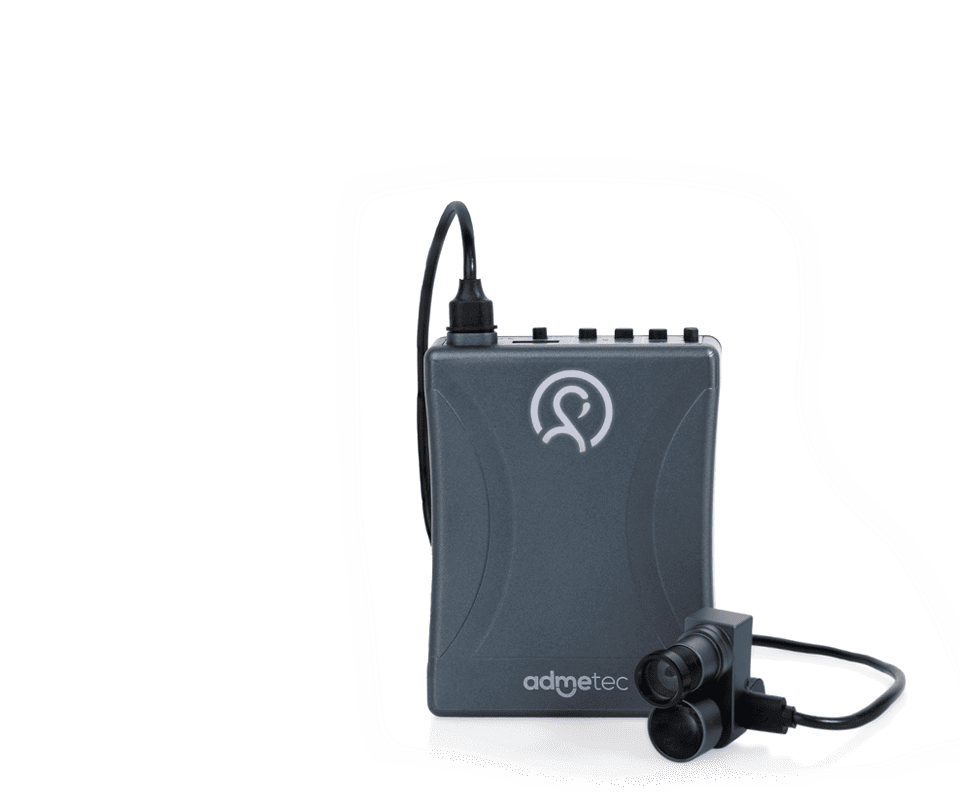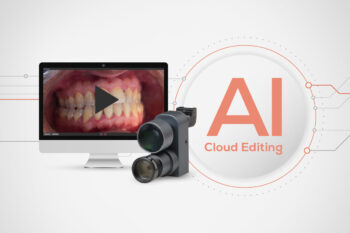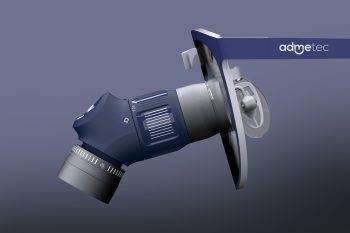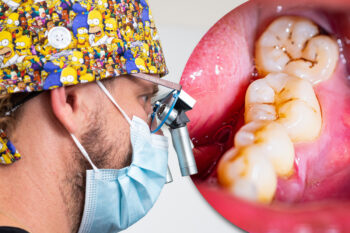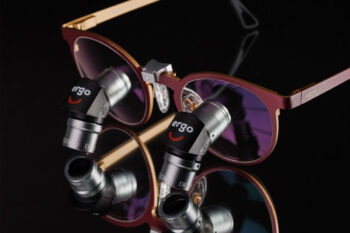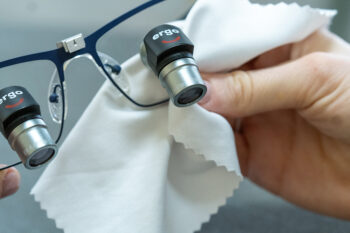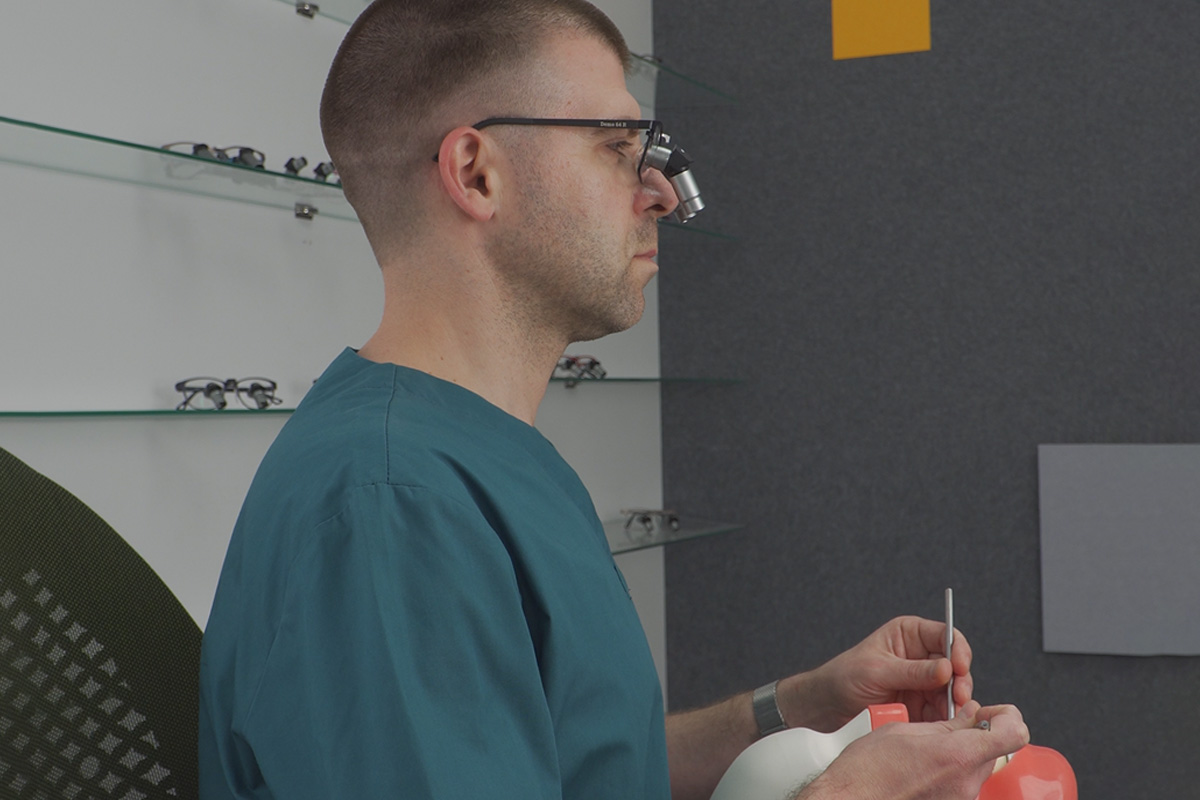
The average human head weights 5kg. When the weight of the head is held in front of the body (away from the center), this causes stress on the neck and upper back. The pressure from the weight on the spine and supporting neck and back muscles increases exponentially as the head is tilted away from the body.¹
This is especially true among dental professionals, who spend much of their time bent over patients. In fact, the incidence of neck pain among dentists and hygienists has been reported as high as 71% and 82% respectively.2
In response to the challenge of occupational chronic pain, Admetec has developed the first truly ergonomic, custom-designed loupes that work with the body’s biomechanical design and not against it.
In the video below, the various necessary body angles – and subsequent neck strain – are illustrated using a range of different types of loupes.
- Using Admetec’s Ergo loupes at a 3x magnification allows the dental professional to sit completely upright, with no added weight on his neck.
- As the dental professional switches to prismatic loupes, he needs to bend forward more r to work proficiently, increasing his body angle 15 degrees – which adds an extra 7kg to the weight on his neck.
- Switching, once again, to Galilean loupes, doubles his body angle to 30 degrees, adding an additional 13kg to the 5kg weight of the head.
- Using no loupes at all results in a 45-degree angle of the upper body, for a total of 22kg of weight strain on the neck.
Ergonomic loupes lessen strain on the neck
Ergonomic loupes combat pain and musculoskeletal disorders by enabling a healthy working posture. A relatively new category, ergonomic loupes are designed to benefit both doctors through improved posture, and patients through more exacting and efficient care.
Admetec’s Ergo loupes series offers an unparalleled combination of magnification potential and user comfort. Customized to each individual wearer through a multi-factor process, the loupes’ precision vision and exceedingly light weight helps healthcare practitioners work more comfortably and effectively for extended periods of time, maximizing concentration by minimizing physical discomfort. Admetec’s innovative product design manages to retain exceptionally low weights even in the loupes with the largest of magnifications: Ergo 10x, with its large oculars, weighs just 52g. The loupes are available in six different levels of magnification: 3x, 4x, 5x, 6x, 7.5x and 10x.
The Ergo series are through-the-lens (TTL) deflection loupes enabling a real declination angle of up to 80 degrees. Ergo essentially provides a new, more natural way to work, eliminating the need for head inclination thus reducing the load on the cervical spine and stress on the musculoskeletal system.
The loupes’ benefits are also progressive: using Ergo loupes intuitively and subconsciously train clinicians to maintain correct head positioning and posture, protecting the health and wellbeing of practitioners over time.
2. Trapezius myalgia: Making dentistry a pain in the neck – or head, May 8, 2024, Bethany Valachi, PT, MS, CEAS, https://www.dentaleconomics.com/dental-office-design/equipment-and-furniture/article/16387275/trapezius-myalgia-making-dentistry-a-pain-in-the-neckor-head








